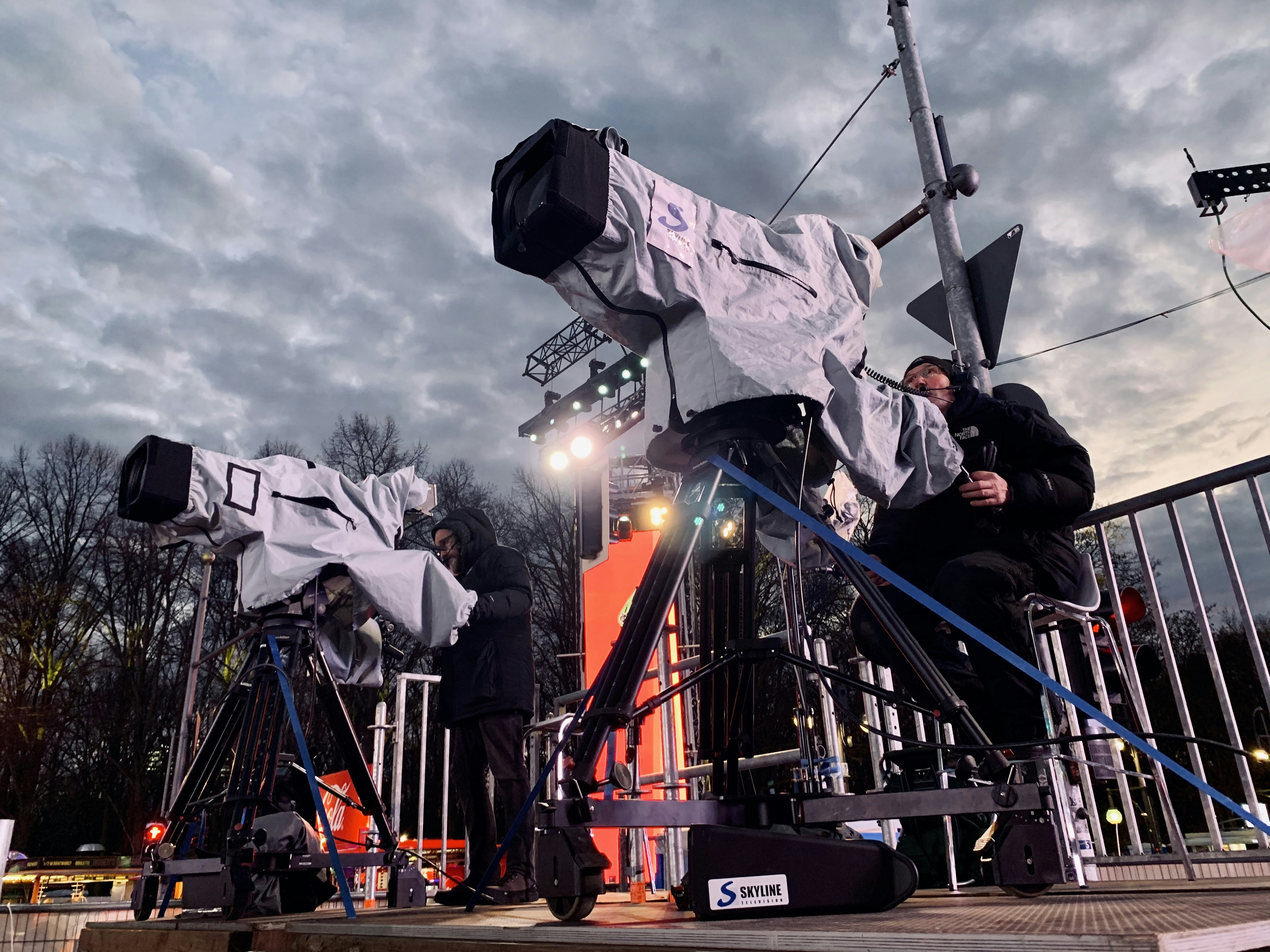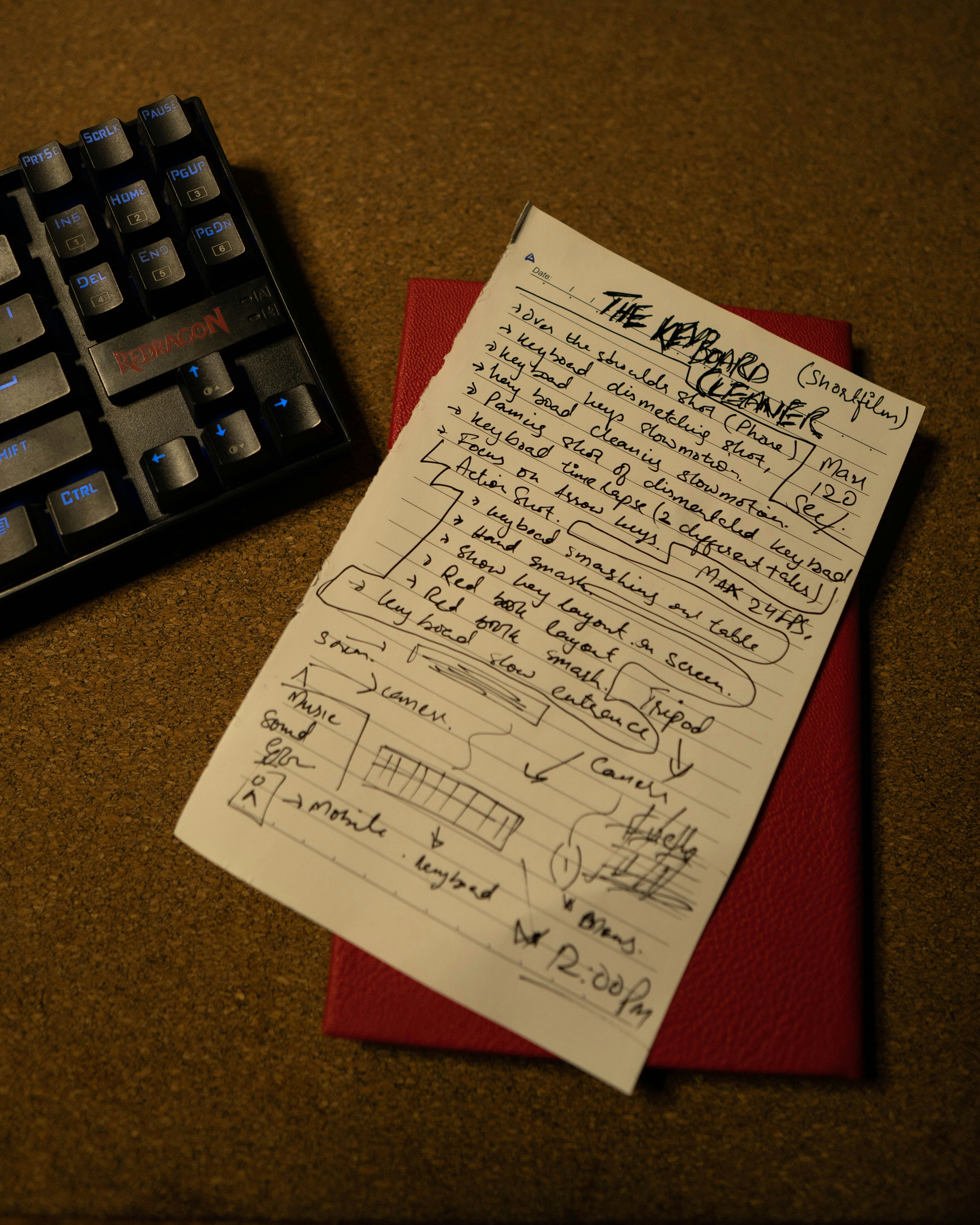Crafting Cinemas: Film Making and Script Writing Mastery
August 30, 2024 | by vinayras@gmail.com
 Photo by Jakob Owens on Unsplash
Photo by Jakob Owens on Unsplash The Art and Techniques of Modern Filmmaking
Modern filmmaking is an intricate dance of creativity and technical precision. At the heart of this craft lies a series of well-orchestrated steps, starting with meticulous pre-production planning. This phase is integral, laying the groundwork for the entire filmmaking process. It encompasses screenplay development, budgeting, casting, location scouting, and storyboarding. Each element must be seamlessly coordinated to ensure a smooth transition to the actual filming phase.
Once pre-production is complete, the focus shifts to cinematography. This technique involves capturing the visual essence of the story through camera work, angles, framing, and movements. Effective cinematography serves as the narrative’s visual language, setting the tone and mood. Accompanying cinematography is the critical element of lighting, which significantly impacts the visual quality and ambiance of the scenes. Mastery over natural and artificial lighting techniques can dramatically enhance the storytelling effects, creating compelling cinematic experiences.
Sound is another cornerstone of filmmaking. Good sound design goes beyond dialogue to include ambient noises, sound effects, and music, all of which enrich the narrative. The precision of sound editing ensures that every auditory element complements the visual storytelling, leading to an immersive auditory experience for the audience.
Post-production is the final stage where the magic truly happens. This phase involves editing the footage, color correction, sound mixing, and the addition of visual effects. Advanced software and technology have revolutionized post-production, allowing filmmakers to push the boundaries of creativity. Today, the rise of digital filmmaking tools provides unprecedented flexibility, enabling filmmakers to explore and experiment endlessly with their footage.
The constant evolution of technology in the filmmaking industry propels new methods and innovations. According to acclaimed filmmaker Christopher Nolan, “The ability to move forward and adapt technologically is integral to filmmaking”. His sentiment underscores the ever-changing dynamics that modern filmmakers must navigate. Interviews and insights from industry veterans like Nolan reveal that continuous learning and adaptation are essential to mastering the art of filmmaking in today’s digital landscape.
Mastering the Craft of Script Writing
Script writing is an amalgamation of creativity, structure, and tradition. The journey begins with concept development: the foundation of any compelling story. A strong concept synthesizes originality with a universal truth or theme that resonates with audiences. It is vital to brainstorm and refine ideas until they stand out but remain relatable.
Developing engaging plots involves meticulous planning and outlining. Scriptwriters often utilize tools like the “three-act structure” or “Hero’s Journey” to ensure their story has a clear beginning, middle, and end. Each act serves a purpose: setting the stage, escalating conflict, and resolving the narrative. A well-structured plot gradually builds tension, keeping viewers invested.
Characters breathe life into scripts. Multi-dimensional characters, those with depth and conflicting motivations, captivate audiences. Characters should grow and evolve in believable ways, often sparking empathy. Writers might develop detailed profiles, including backstories, quirks, and goals, to ensure consistency and depth.
Authentic dialogue is another cornerstone of distinguished script writing. Dialogue must sound natural while serving the plot and revealing character traits. Reading lines aloud helps in gauging flow and realism. Practical advice often includes avoiding exposition-heavy conversations and instead showing rather than telling.
Industry standards and formatting cannot be overlooked. A polished script adheres to specific conventions: a particular font, spacing, and structure. This professionalism ensures readability and respect from potential producers and directors. Resources like screenplay format guides and software streamline this facet.
Examining successful scripts can provide invaluable learning. Films like “The Godfather” or series like “Breaking Bad” offer blueprints for excellence. Reading these scripts exposes newcomers to pacing, character development, and gripping dialogue. By dissecting celebrated works, aspiring scriptwriters can emulate successful strategies while honing their unique voice.
Avoiding common pitfalls such as predictable plots, one-dimensional characters, or clunky dialogue is essential. These elements can disengage an audience quickly. Workshops, peer reviews, and continuous rewriting are ways to refine a script to its finest form.
Incorporating insights from seasoned scriptwriters can also inspire aspiring writers. Experienced professionals often emphasize discipline, perseverance, and the importance of rewriting. Their journeys highlight that mastery in script writing is an intricate blend of art and craftsmanship demanding both creativity and adherence to industry norms.
RELATED POSTS
View all

